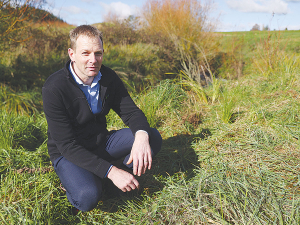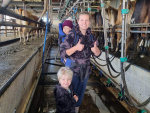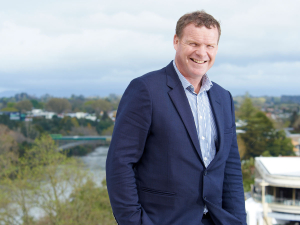DairyNZ's collaborative approach to improving waterway health will see extensive planting take place in the Pokaiwhenua catchment, south Waikato this summer.
The joint DairyNZ, Raukawa Charitable Trust and Pokaiwhenua Catchment Group work will see more than 15,000 plants put in around Tokoroa’s Whakauru Stream. This work aims to improve water quality so native species can thrive in and around the Whakauru Stream – a tributary of the Pokaiwhenua Stream. Monitoring shows good existing numbers of native eels (tuna), freshwater crayfish (kōura) and many more species.
DairyNZ general manager sustainable dairy Dr David Burger says partnering with organisations that have similar goals is a key step towards ongoing environmental progress.
“We look forward to moving forward with iwi and farmers to improve waterway health in the Pokaiwhenua environment, and we hope to identify further partnership opportunities as we continue to focus on environmental improvements at a catchment level.”
“Catchment work is widely recognised as the way forward in improving the environment, as it achieves better results than a national one-size-fits- all approach,” Dr Burger says.
Community and iwi planting days are also planned, along with weed and pest control initiatives. Information boards will be put up to showcase the area’s history, plant and animal life, and a footpath will ensure the community can easily access the area.
This work is part of a three-year DairyNZ Sustainable Catchments programme that is trialling practical tools and interventions on-farm, such as constructed wetlands, to increase awareness and understanding of ways to improve water quality.
The programme is funded by the Ministry for the Environment’s Jobs for Nature programme and is focused on priority catchments – Pokaiwhenua, Waimea (Southland), and the South Canterbury region – where monitoring has shown there are higher N concentrations and lower ecosystem health scores than other catchments.
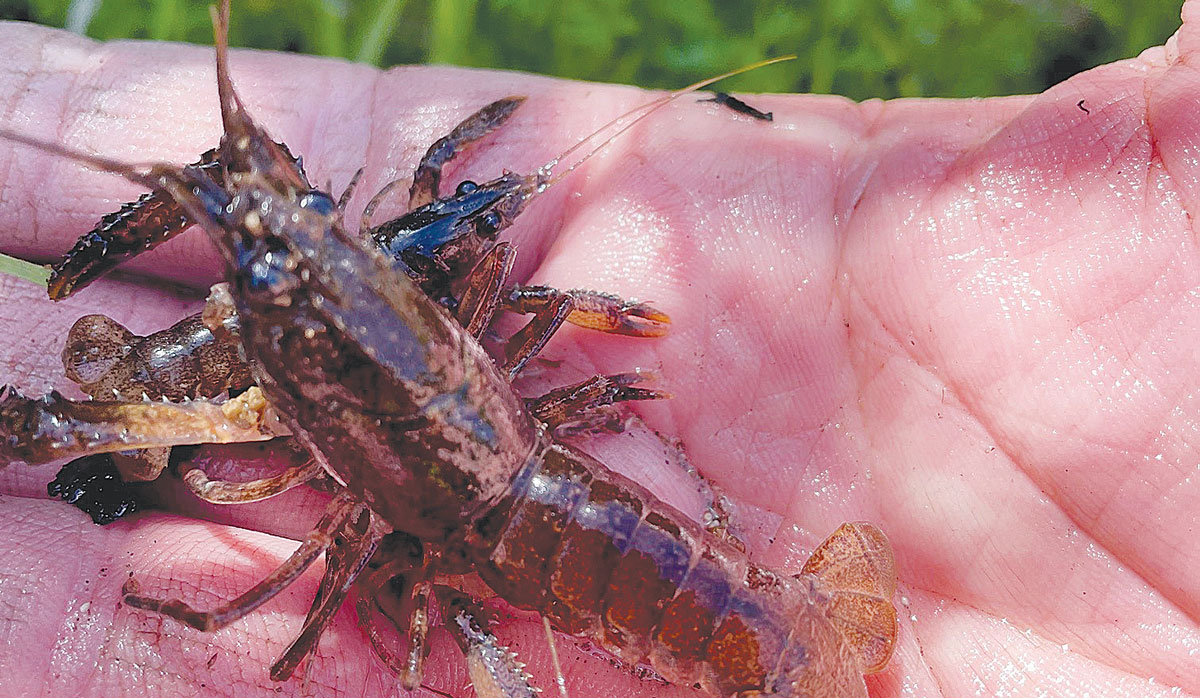 |
|---|
|
Monitoring shows good existing numbers of freshwater crayfish in the Whakauru Stream.
|
Current work across all three areas includes catchment assessments and designing monitoring programmes to track water quality and hauora (health) change over time. This will be followed by on-farm and catchment activity to test and demonstrate mitigations with proven science to improve waterway health.
“There are opportunities for improvement in each catchment,” Dr Burger says. “Each catchment has committed landowners who are passionate about improving water quality, and our Sustainable Catchments work will help accelerate the momentum of current restoration activities.
“We will work closely to support local landowners and catchment groups, which already have water quality improvement initiatives underway.”
The Raukawa Charitable Trust/DairyNZ collaboration through the Sustainable Catchments programme represents a combined western science and Mātauranga Raukawa/Māori approach to grow understanding of how to improve catchment ecological health. The Pōkaiwhenua work also showcases the progress that can be made through partnerships.
Raukawa Charitable Trust chief executive Maria Te Kanawa says her organisation is committed to its responsibilities as kaitiaki of the South Waikato region.
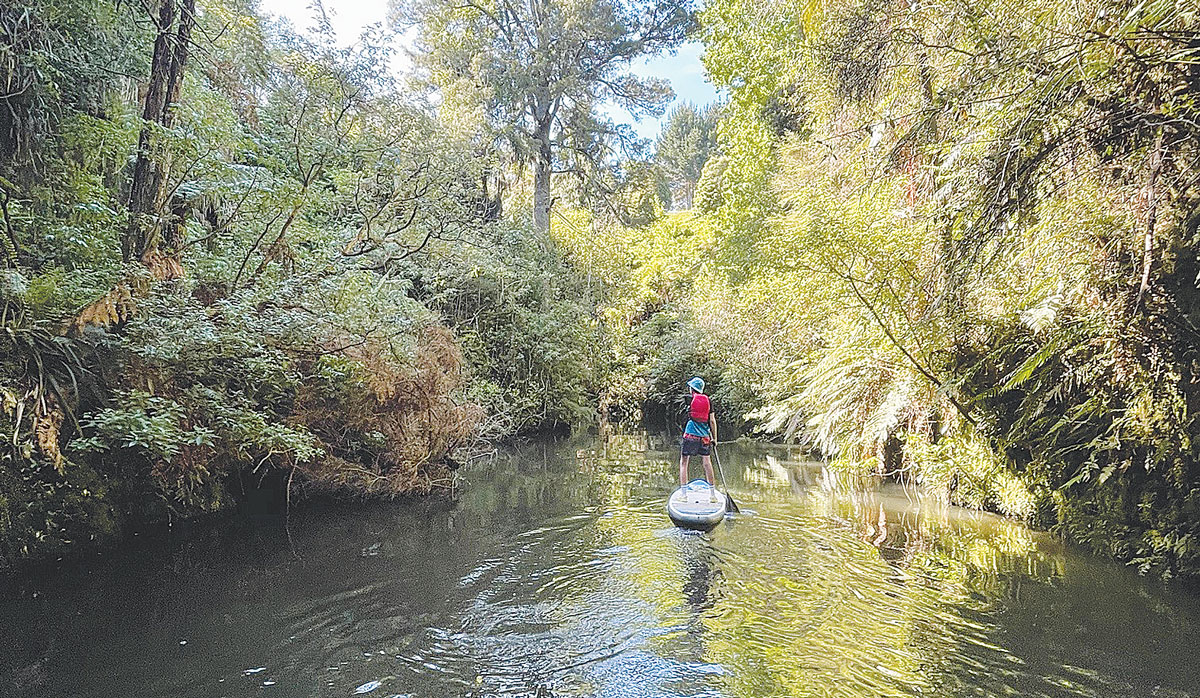 |
|---|
|
The end of the Pokaiwhenua Stream just before it enters the Waikato river at HoraHora Domain.
|
“We have a key role to play in the revitalisation and restoration of the wider Pōkaiwhenua catchment. We are pleased to be partnering with DairyNZ and local farmers as we collectively work towards healthier waterways in this catchment – and ensure the long-term needs of the community and the environment are met.”
The Pokaiwhenua work is expected to be completed by June 2025.





